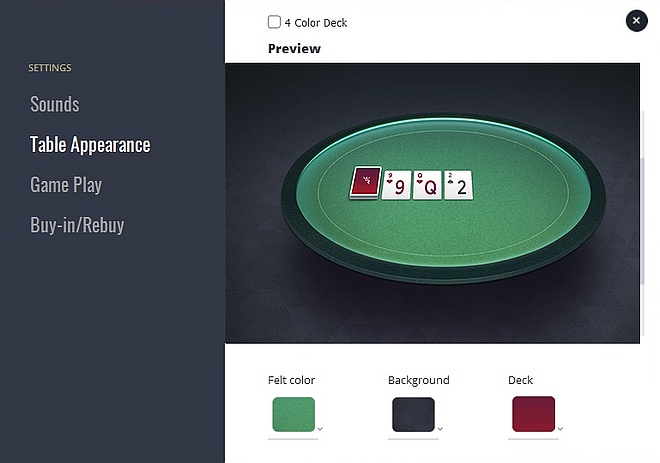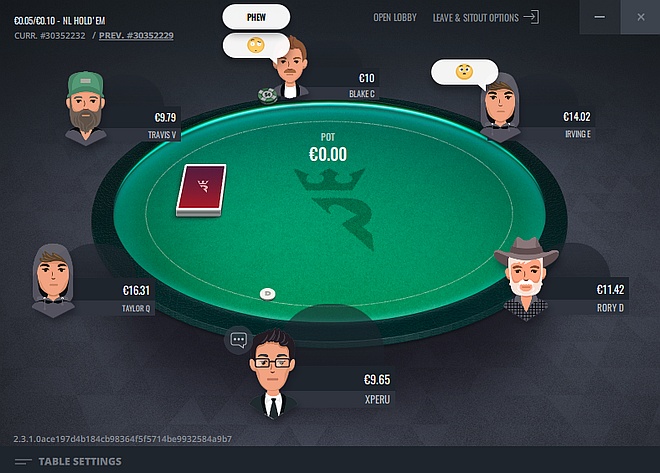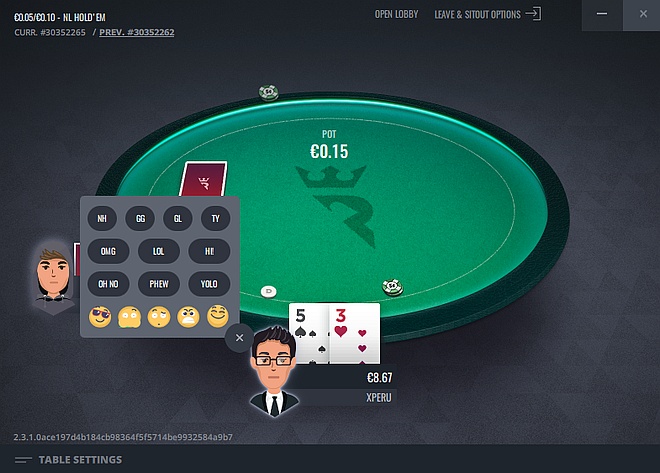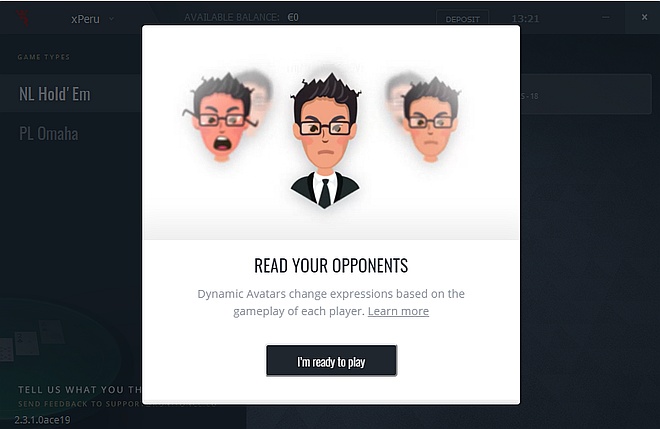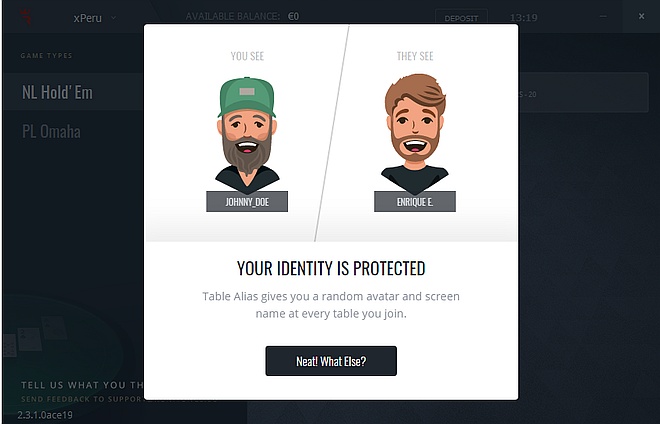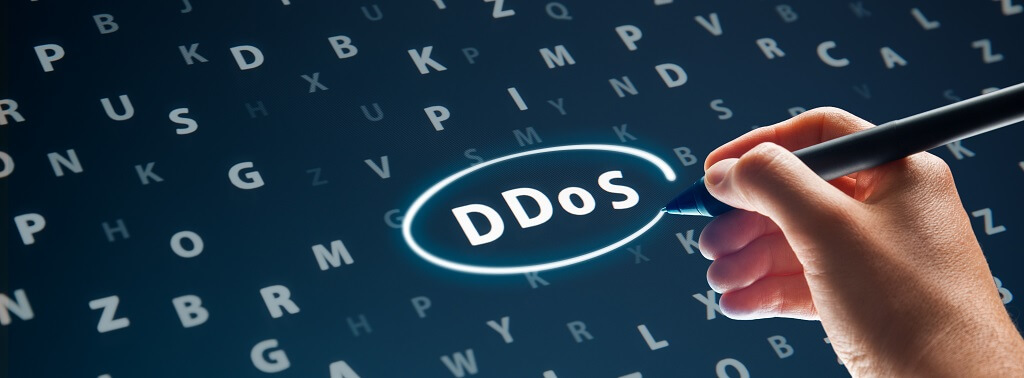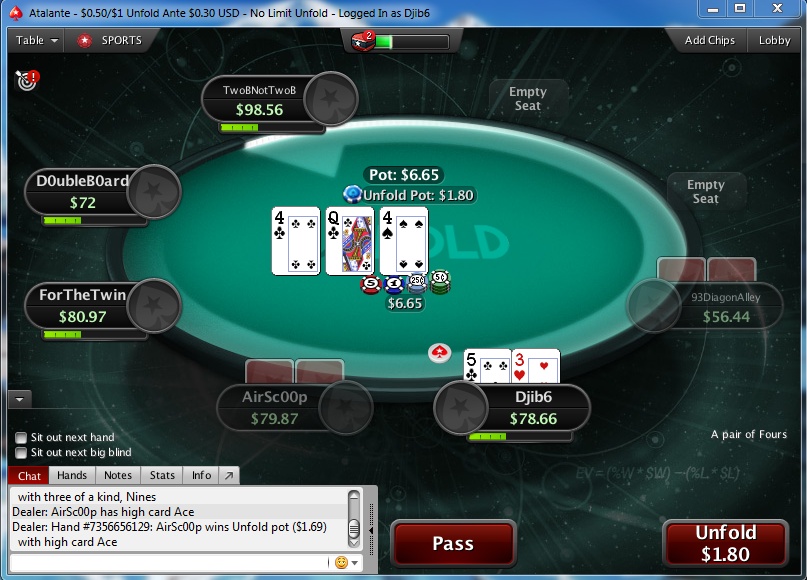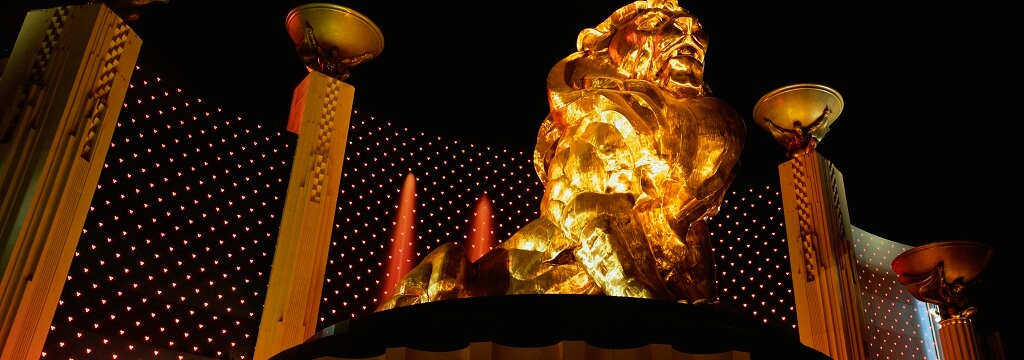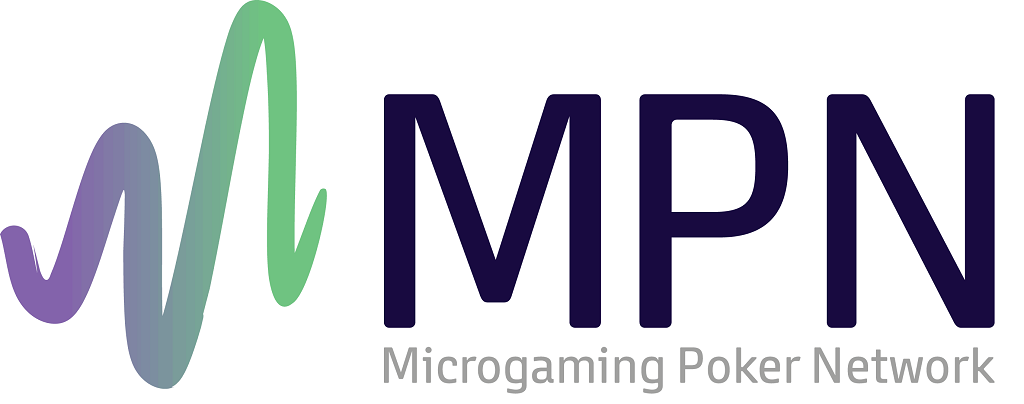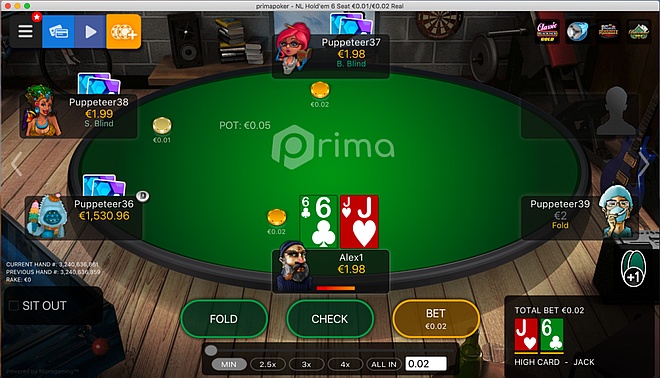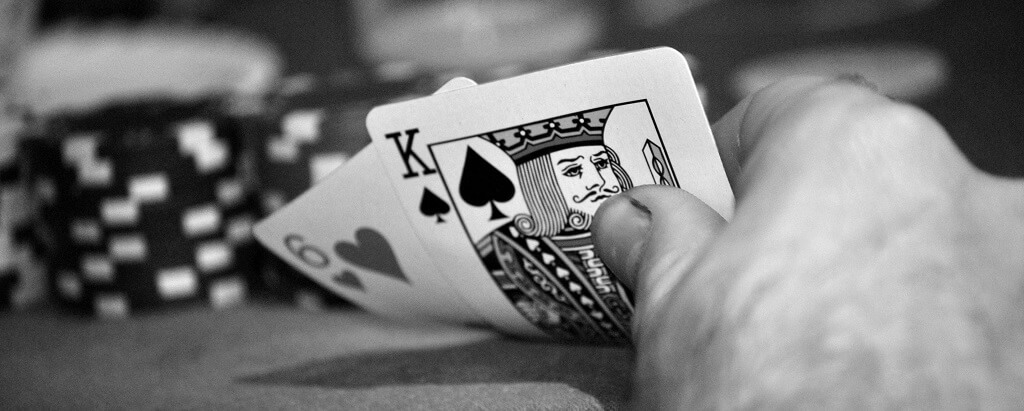After the fourth starting flight Dec. 4, partypoker succeeded in putting together the richest online poker tournament ever.
There were a total of 4,367 entries. The event attracted 2,190 unique entries; the rest came from re-entries.
At a $5,300 buy-in, it added up to a record-breaking prize pool of $21,835,000.
PokerStars set the previous record in 2011. The 10th anniversary Sunday Million set a $10 million guaranteed prize. That was enough to convince 62,000 players to sign up and create a $12.4 million prize pool.
Partypoker has smashed that record.
The partypoker Millions was a hugely ambitious undertaking
When the partypoker Millions event was announced, many doubted that the guarantee would hit. Doubters can now take a back seat and watch the final day of the event as partypoker triumphs.
The payout structure is relatively flat. Twenty-nine players survived Day 2 to make it to the final day. Each will receive a minimum of $65,000.
The winner is set to secure $2.7 million and second place will take home $1.9 million.
Third place merits a prize of $1.3 million with a little more than $1 million going to fourth.
Partypoker has set its cap at competing with PokerStars. The industry leader uses the tagline “PokerStars makes millionaires.”
Well, so does partypoker!
The message of four millionaires in one online poker tournament is one for the record books.
Satellites and overlays make for an expensive marketing pitch
No one can take away from partypoker’s achievement here, but it was not accomplished by merely posting a tournament in the lobby.
Since the event was announced in December 2017, partypoker has been handing out free seats.
Partypoker used every trick in the book to fill the event.
- Leaderboard prizes throughout 2018 included seats to partypoker Millions.
- Satellites with buy-ins as low as $2.20 guaranteed seats to the Millions.
- Millions event tickets were won as sit-and-go jackpot prizes.
- Partypoker Live tournaments offered Millions’ event seats as extra prizes.
The cost of putting on partypoker Millions must have made a dent in the marketing budget. But what a prize.
The secondary marketing impact is likely to exceed partypoker’s most optimistic forecasts.
[cta id=2392 type=cta]
Partypoker has tried for $20 million before
In what must now count as ancient history in the fast-moving world of online gaming, it’s worth remembering partypoker’s last attempt at a giant tournament prize pool.
In summer 2006, partypoker launched the “Monster.”
The Monster tournament consisted of 32 $100,000 weekly freerolls, eight monthly $1,000,000 tournaments and a final tournament with more than $5 million in prize money.
Partypoker put up $16 million to seed the events, so rack it all up, and you get close to a $20 million prize pool.
Sadly in 2006, the US passed the Unlawful Internet Gambling Enforcement Act (UIGEA) and partypoker exited the US market midway through the tournament. All players were paid out an amount equivalent to their expected value at their respective stages of progress.
The world online poker market is smaller than it was back in 2006 because US online poker remains forbidden outside of New Jersey, Nevada and Delaware.
Pennsylvania will soon join that elite band of states when it launches state-regulated online poker in the first quarter of 2019.
The smaller global market only serves to accentuate partypoker’s achievement with the Millions. It has out-monstered the Monster.
GVC leadership has transformed partypoker
GVC completed its acquisition of partypoker on Feb. 1, 2016. Under the direction of GVC CEO Kenny Alexander, the online poker room has flourished.
The truth is the former bwin.party management paid little attention to partypoker. Sports betting and online casino were much larger business verticals.
Alexander gave partypoker much more management focus and in the first year of GVC ownership, partypoker returned to growth.
In July this year, partypoker global cash-game traffic surged ahead of 888poker. Partypoker traffic had been greater than 888’s right up until June 2013. From then until August this year, 888 was the clear leader.
WSOP and 888 share a network in New Jersey. In that market, partypoker remains behind its competitor, but the rest of the world experience may well translate across the Atlantic.
Now that GVC has a US partner in the form of MGM, sports betting is its main focus in the US market. However, the deal between the two companies includes launching more partypoker branded poker rooms in any state that allows online poker.
Partypoker can enjoy its day in the sun with the superb achievement of the Millions event. But 2019 will bring a lot more work, and the market remains extremely competitive.


